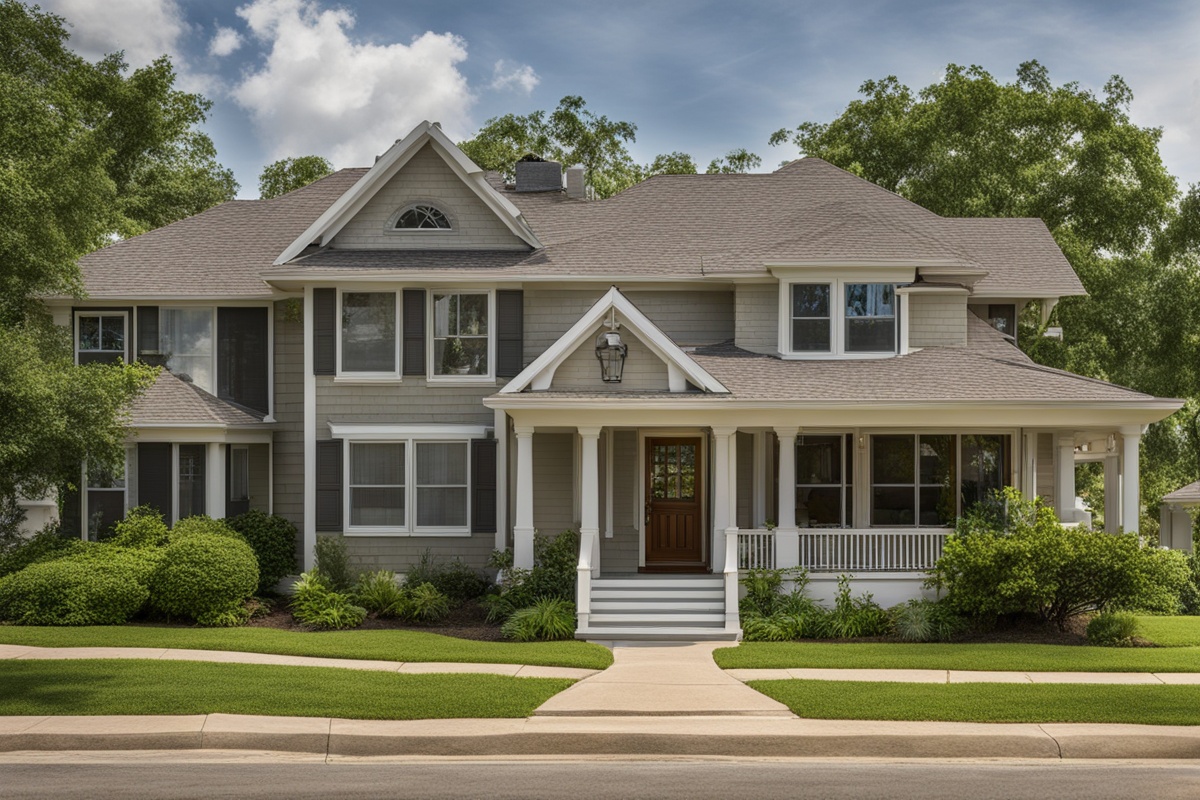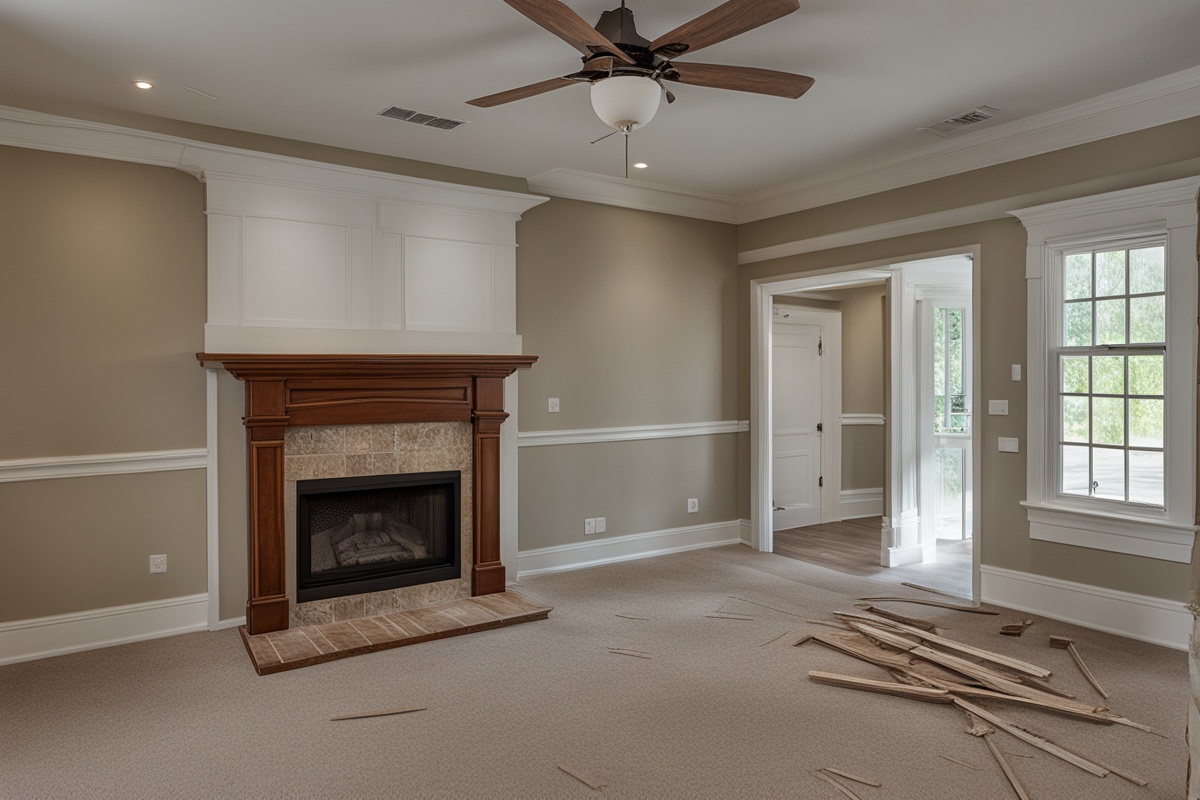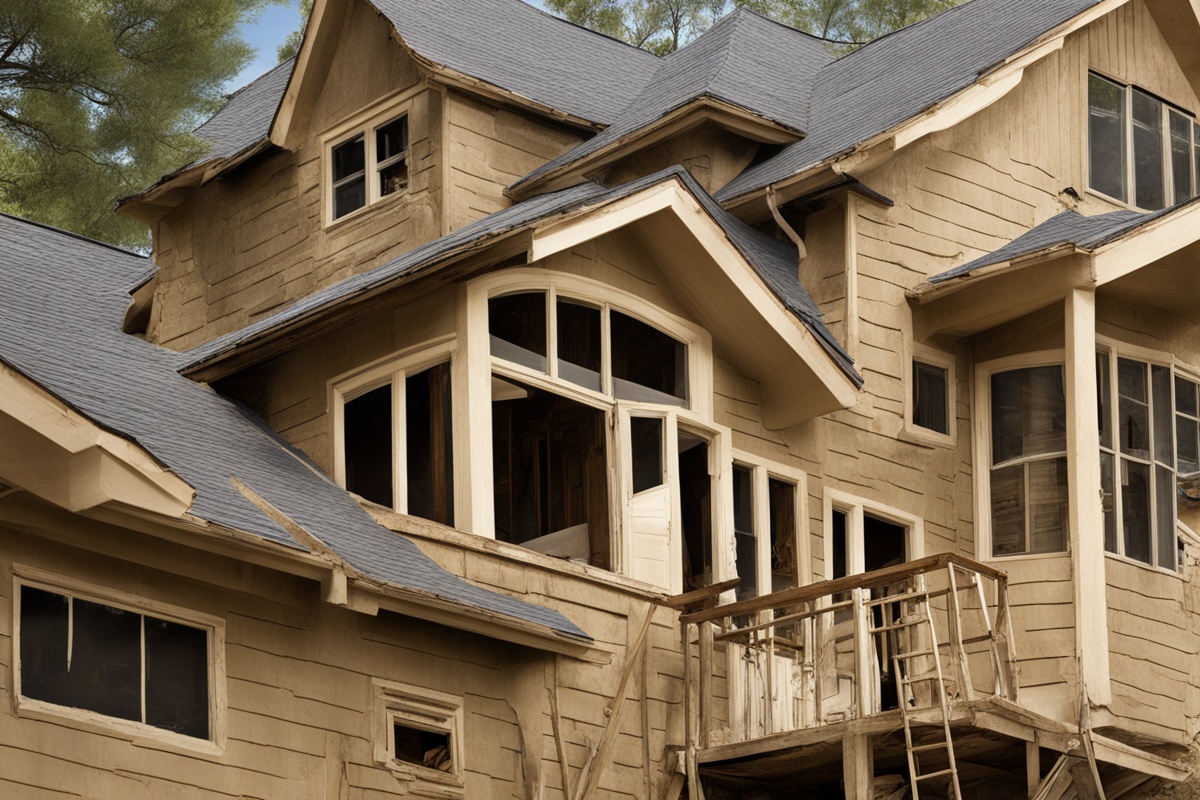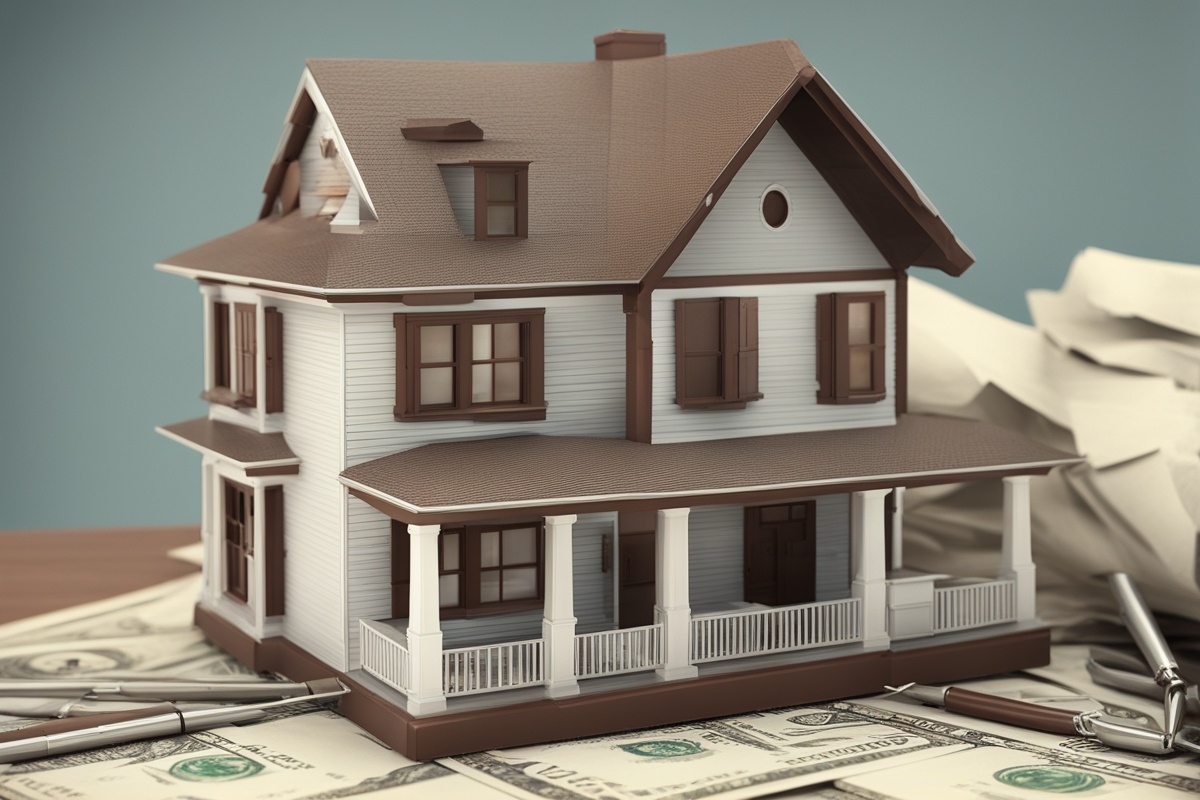Renovating distressed homes successfully can be a rewarding endeavor, both financially and personally. Distressed properties, often sold at a discount due to their poor condition, offer a unique opportunity for investors and homeowners to transform neglected spaces into beautiful, functional homes. However, the process is not without challenges. From structural issues to budgeting woes, there are many pitfalls to avoid. In this comprehensive guide, we’ll explore the key steps and strategies to ensure your distressed home renovation is a success, focusing on practical tips and long-term value creation.
Understanding Distressed Properties and Their Potential
Distressed homes are properties that are in poor condition, often due to neglect, foreclosure, or abandonment. These homes may have significant structural damage, outdated systems, or cosmetic issues that deter traditional buyers. However, for those willing to invest time and effort, renovating distressed homes successfully can yield substantial returns. The key is to identify properties with “good bones”—those with solid foundations and potential for improvement—while avoiding money pits that require endless repairs.
Before diving into a project, research the local real estate market to understand demand and property values. A distressed home in an up-and-coming neighborhood may offer more potential for appreciation than one in a declining area. By focusing on location and long-term trends, you can maximize your investment when renovating distressed homes successfully.
Creating a Realistic Budget for Your Renovation
One of the most critical aspects of renovating distressed homes successfully is setting a realistic budget. Underestimating costs is a common mistake that can derail a project. Start by conducting a thorough inspection of the property to identify major issues such as foundation cracks, roof damage, or outdated electrical systems. These big-ticket items should be prioritized in your budget.
Additionally, factor in a contingency fund—typically 10-20% of your total budget—to cover unexpected expenses. Hidden problems like mold, plumbing leaks, or termite damage often surface during renovations. For more insights on budgeting, check out our detailed guide on budgeting for home renovations. By planning carefully, you can avoid financial stress and ensure a smoother renovation process.
Assembling the Right Team of Professionals
Renovating distressed homes successfully often requires a team of skilled professionals. Unless you’re an experienced contractor, attempting a full-scale renovation on your own can lead to costly mistakes. Start by hiring a licensed contractor who specializes in distressed properties. They can provide accurate cost estimates and timelines while ensuring the work meets local building codes.
Other key team members may include an architect for structural changes, a plumber, an electrician, and a designer for aesthetic decisions. Don’t forget to consult with a real estate agent to understand how your renovations will impact the home’s market value. For tips on finding reliable contractors, read our post on choosing the right contractor for your project. A strong team is essential for navigating the complexities of distressed home renovations.
Prioritizing Repairs and Upgrades for Maximum ROI
When renovating distressed homes successfully, not all repairs and upgrades offer the same return on investment (ROI). Focus on improvements that address safety and functionality first, such as fixing the roof, updating electrical systems, and repairing plumbing issues. These are non-negotiable fixes that ensure the home is habitable and up to code.
Once the essentials are covered, consider upgrades that appeal to potential buyers or renters. Modern kitchens and bathrooms, for example, often yield high ROI. Adding energy-efficient windows or smart home features can also increase the property’s value. For more ideas on value-adding upgrades, explore our article on maximizing home value through renovations. By prioritizing strategically, you can balance cost and impact effectively.
Navigating Legal and Permitting Challenges
Renovating distressed homes successfully requires navigating a maze of legal and permitting requirements. Before starting any work, check with your local government to understand zoning laws, building codes, and permit requirements. Major renovations, such as structural changes or electrical upgrades, typically require permits and inspections to ensure safety and compliance.
Additionally, distressed properties may come with liens, back taxes, or other legal encumbrances. Conduct a title search to uncover any issues that could complicate ownership or renovation. Failing to address these challenges upfront can lead to delays or fines. For a deeper dive into legal considerations, see our guide on legal tips for property renovation.
Staying on Schedule and Managing Stress
Renovation projects, especially for distressed homes, often take longer than expected. Delays due to weather, supply chain issues, or contractor availability can throw off your timeline. To stay on track when renovating distressed homes successfully, create a detailed project schedule with realistic milestones. Communicate regularly with your team to address issues promptly.
Managing stress is equally important. Renovations can be emotionally and financially draining, especially when unexpected problems arise. Set aside time for self-care and maintain open communication with your team to keep the project moving forward. For additional strategies, read our post on managing renovation stress effectively.
Disclaimer: The information provided in this article is for general informational purposes only and should not be considered professional, financial, or legal advice. Renovating distressed homes involves significant risks and costs, and outcomes may vary based on individual circumstances. Always consult with qualified professionals, such as contractors, real estate agents, and legal advisors, before undertaking any renovation project. We are not responsible for any losses or damages resulting from the use of this information.
References
- Realtor.com – What Is a Distressed Property?
- Forbes – How to Budget for a Home Renovation
- This Old House – The True Cost of Renovating a Fixer-Upper
- HGTV – Renovation Tips for First-Timers
- Nolo – Home Improvement Permits and Licenses
This content is for informational purposes only and not a substitute for professional advice.





